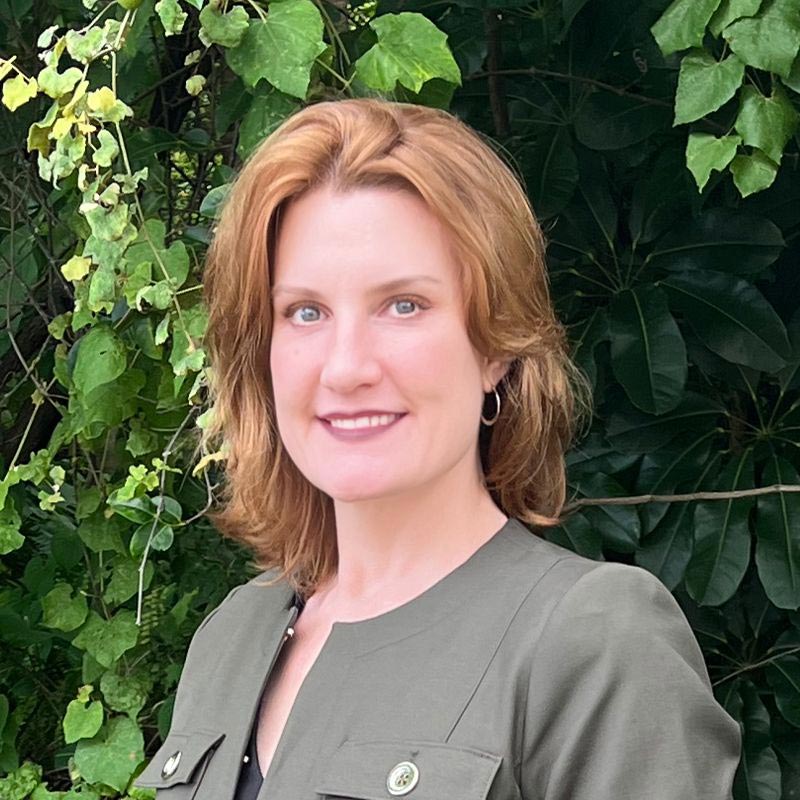Transcript
This gives you an overview of our longitudinal service offering, which we consider part of it because it uses a little bit of all the services that we have to offer in organizations. So that performance oversight, where we’re looking at your population health data, we’re telling you who has the care gaps. We review the charts to make sure that the care setting and the evidence-based care plan closes the gap. We appropriately identify, document, and ensure that the PCP has all the information they need to get that evidence-based care, including an appropriate screening, which is really important for care delivery.
So, one of the things that can happen is, we have experts who give the pre-appointment guidance. The patient may have some objections, or they may have started taking a medication or have concerns about the results of a screening.
You know, that’s where an eConsult might come in or a telehealth visit. So they can provide recommendations. To the care team, that’s the most common way. We follow up because the PCPs are busy. But, you know, they can act in alignment with the PCP, yes. So that if the PCP has had the conversation, the care gap still remains open. And there are patient objections or patient symptoms or concerns that we’re routing that patient to the next best, convenient, and appropriate setting. And that’s where care support comes in. So, and that, and that situation, if it is a telehealth visit, we can help navigate if there’s communication with a specialist or an in-person specialist, whether it’s their current or a referral to one. We can help make sure that that information comes back to the PCP, that the care gap was closed, and the nature of that closure.
Yeah, that’s why step five is so important from our perspective, because the PCP really should be at the center of care. Yes, and the monitoring continues. You know, Xanthe has brought this up, but even though we see SUPD gaps open and close and then reopen, we are, her team is always making sure that they close again wherever possible. And that often is because there has been an issue, like with the patient’s compliance. In other cases, it can be an issue with social determinants of health. You know, they lack transportation or they can’t afford the copay or some other mitigating circumstances that are preventing them from being compliant with the PCP’s recommendations. So we support that as well. Here again, this is where that non-compliant patient we’re coming in with a strategy, not with a reminder.
You know, we don’t want the PCP to be left on their own. We want to say, “Hey, here’s what we see in the data. Here’s what the patient did, here’s what they haven’t done, here’s the next steps.” Here are some options that you have. In terms of redirecting the patient to get them, give them the confidence that they’re on the appropriate treatment plan. Because there are situations where a patient says, “Well, I’m not comfortable with that. I want to go out and see a specialist.” That’s great. We can help facilitate that and again, make sure that that documentation is done appropriately. So the care gap closes on the PCP, who is carrying the financial burden for that patient? I mean, I think that’s particularly important. Again, so that’s where the care delivery might get routed in. We’re going to confirm that the care gap is closed, stays closed, and then, you know, we’re reporting back ongoing. But ideally, you’re going to get that full-year summary as well as did this program, and yes, it will impact care gap closure. What was my return on investment and did it improve my patient outcomes? And that’s what we’d like to demonstrate at the end of the year. But obviously, we get leading indicators of that as we see the care gaps close early in the year. And we see that impact ongoing.

Kate McDonald
Chief Client Officer
Kate McDonald, with her extensive 20-year career in healthcare, business services, and technology, has left a significant impact. Her strategic planning, marketing and client services have led to the creation of compelling products, successful lead generation campaigns, and long-term client relations…
Common Challenges to Achieve Clinical Quality Goals: Containment

Containment in healthcare involves equipping providers with the appropriate recommendations to effectively manage a patient’s care within their practice without the need for unnecessary referrals or consultations outside of the practice. This is particularly important in ensuring efficient resource utilization and reducing healthcare costs while maintaining high-quality care. Collaboration between the practice and eConsult providers is crucial in this process. By working closely together, healthcare teams can assess patient needs more comprehensively, share relevant information seamlessly, and leverage specialist expertise when necessary, all while keeping the patient’s care within the primary care setting when possible.
Containment is impacted by:
Specificity of the eConsult request and inclusion of appropriate patient history and testing
One critical factor that impacts containment is the specificity of eConsult requests and the inclusion of appropriate patient history and testing. When healthcare providers submit eConsults with clear and detailed information about the patient’s condition, medical history, and relevant tests, it enables specialists to provide accurate and targeted recommendations. This specificity helps avoid unnecessary procedures, tests, or consultations, reducing healthcare costs and improving efficiency. Additionally, thorough documentation of patient information ensures that healthcare decisions are based on a comprehensive understanding of the patient’s needs, leading to better clinical outcomes and overall satisfaction with care. By emphasizing the importance of detailed eConsult requests and extensive patient information, healthcare organizations can enhance containment efforts and optimize resource utilization while delivering high-quality care.
Specialist experience and the comprehensiveness of the eConsult response
Containment rates in healthcare are significantly influenced by two key factors: specialist experience and the comprehensiveness of the eConsult response. The knowledge and expertise of the specialist providing the eConsult directly impact the quality and effectiveness of the recommendations offered. Specialists with extensive experience in their field can provide more accurate diagnoses, tailored treatment plans, and valuable insights into complex medical conditions. Moreover, the comprehensiveness of the eConsult response, including detailed assessments, clear recommendations, and supporting evidence, plays a crucial role in containment efforts. A comprehensive eConsult response can help primary care providers manage a wider range of patient conditions within their practice, reducing the need for unnecessary referrals and promoting cost-effective care delivery.
